It all started in April 2021. I took the plunge and bought my very first interchangeable lens camera—the Canon EOS RP, paired as a kit with the RF 24-105mm F4-7.1 IS STM lens. Little did I know that this decision would lead me down the delightful (and expensive) rabbit hole of RF lenses, photography adventures, and an ever-growing obsession with capturing the perfect shot.
Canon marketed the RP as an entry-level full-frame mirrorless camera, bridging smartphone photography and pro-level rigs. While the camera isn’t without its quirks, it has been a fantastic first camera that has introduced me to the joys of composition, light, and the absurd amount of money one can spend on glass.
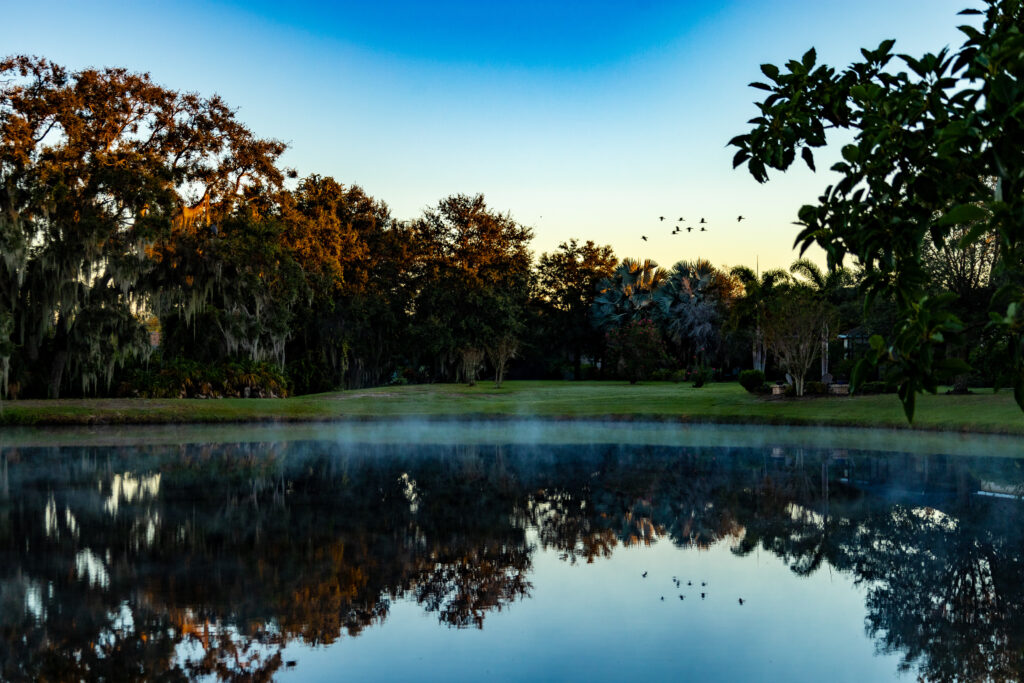
Let’s examine what makes the Canon EOS RP an intriguing mix of budget-friendly brilliance and mild frustrations and why it’s still a worthy contender in 2025.
Features
At first glance, the Canon EOS RP looks like a baby version of its older sibling, the EOS R, and that’s precisely what it is. But don’t let its small stature fool you—this camera has features that make it an enticing choice for newcomers to full-frame photography.
Sensor & Processor
The RP boasts a 26.2 MP full-frame CMOS sensor, which immediately sets it apart from APS-C cameras in the same price range. This means better low-light performance, more detail, and a shallower depth of field for those creamy bokeh backgrounds. The DIGIC 8 processor ensures images are crisp and vibrant, though it’s not quite as fast as the newer DIGIC X found in Canon’s high-end models.
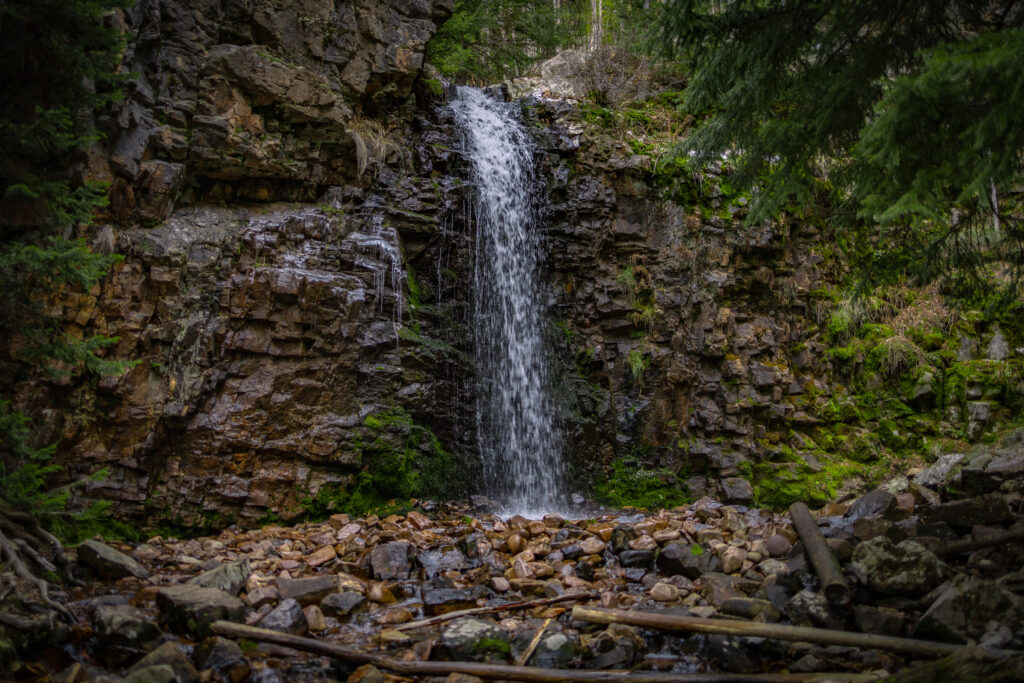
Autofocus & Dual Pixel AF
Canon’s Dual Pixel Autofocus (DPAF) is legendary, and while the RP’s implementation isn’t as advanced as newer models, it’s still reliable. Eye Detection AF works well for portraits, though it’s less efficient than Sony’s Real-Time Eye AF. It struggles slightly in lower light, but autofocus performance is solid for an entry-level full-frame overall.
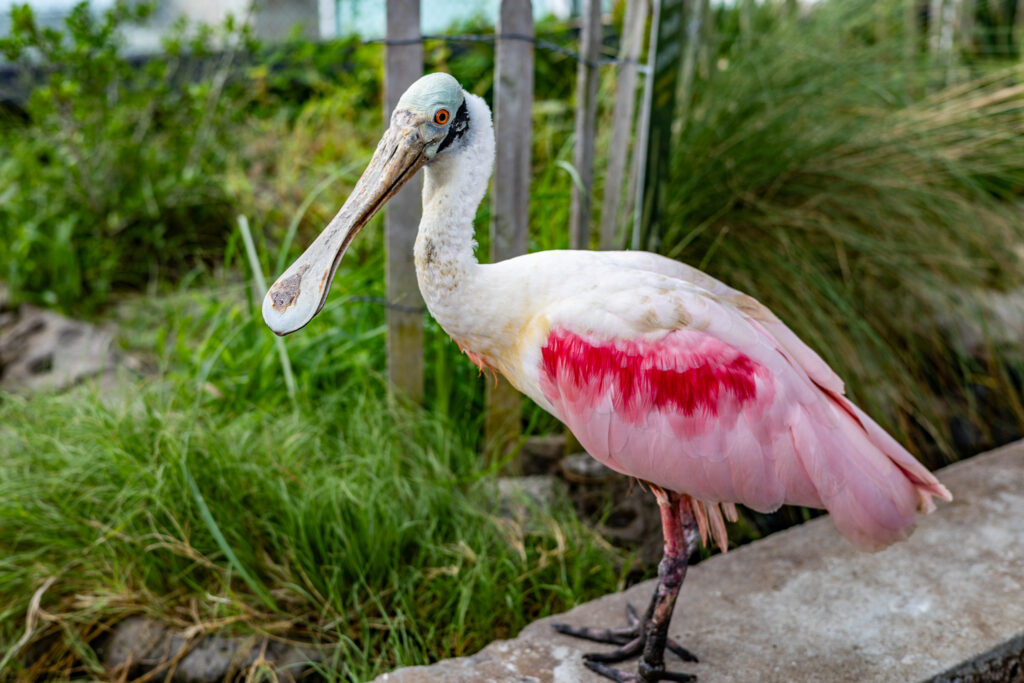
Build & Ergonomics
One of the RP’s most significant selling points is its size and weight. At just over a pound, it’s one of the most compact full-frame mirrorless cameras on the market, making it a great travel companion. The vari-angle touchscreen is fantastic for vlogging, selfies, and tricky angles—something that even high-end Canon cameras like the R5 lack.
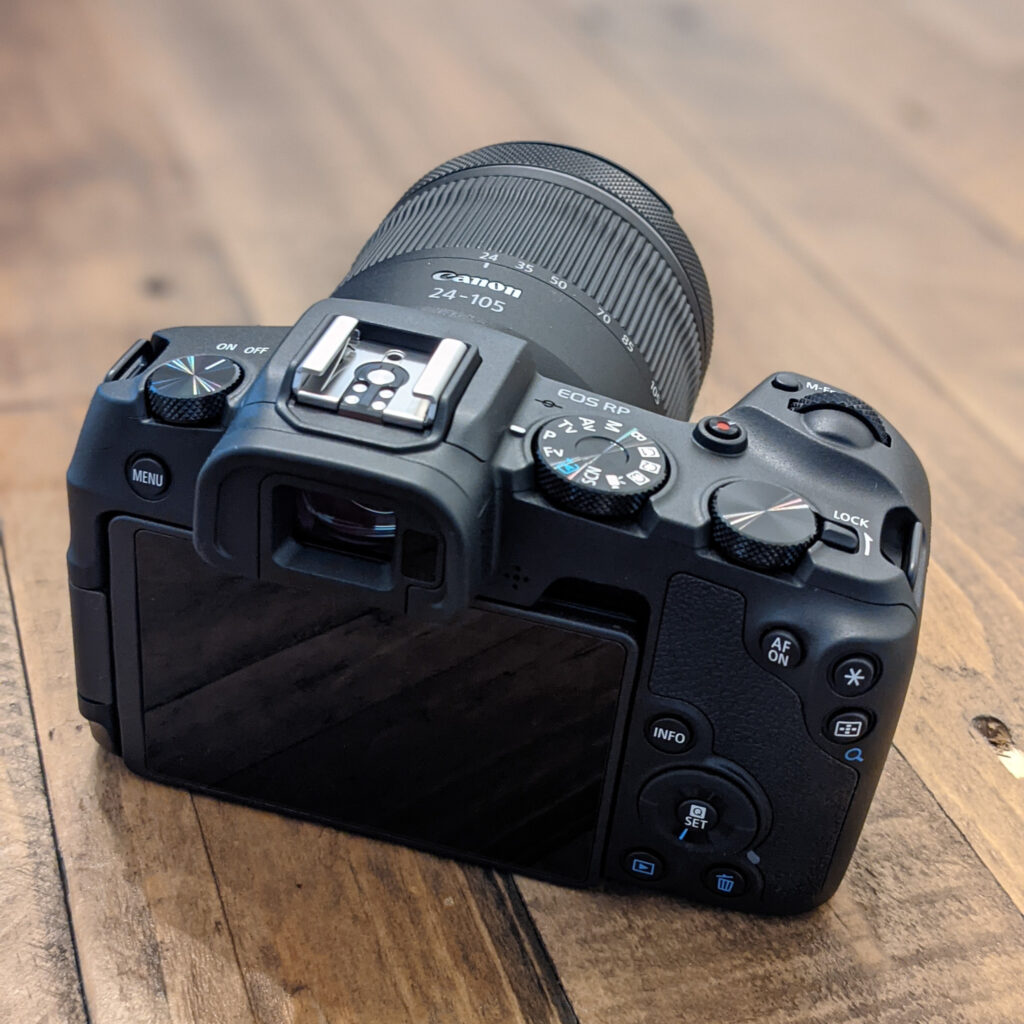
Video Capabilities
The RP’s video recording technology shows its age. While it technically shoots 4K, it only does it at 24 fps and comes with a 1.6x crop, making wide shots more challenging. There is no Dual Pixel AF in 4K, so video shooters might want to look elsewhere. That said, 1080p footage looks great, and if you’re not concerned about 4K, the RP still delivers solid video quality.
Performance
Image Quality
This is where the RP shines. The 26.2MP full-frame sensor produces beautiful, sharp images with excellent dynamic range. Colors are punchy yet natural, and Canon’s color science is as good as ever.
Low-light performance is decent, though not class-leading. The native ISO range (100-40,000, expandable to 102,400) means you can push it in dark conditions, but you’ll start seeing noise above ISO 6400. With a good RF lens (hello, RF 50mm f/1.8 or RF 85mm f/2!), you can get excellent results even in dim lighting.
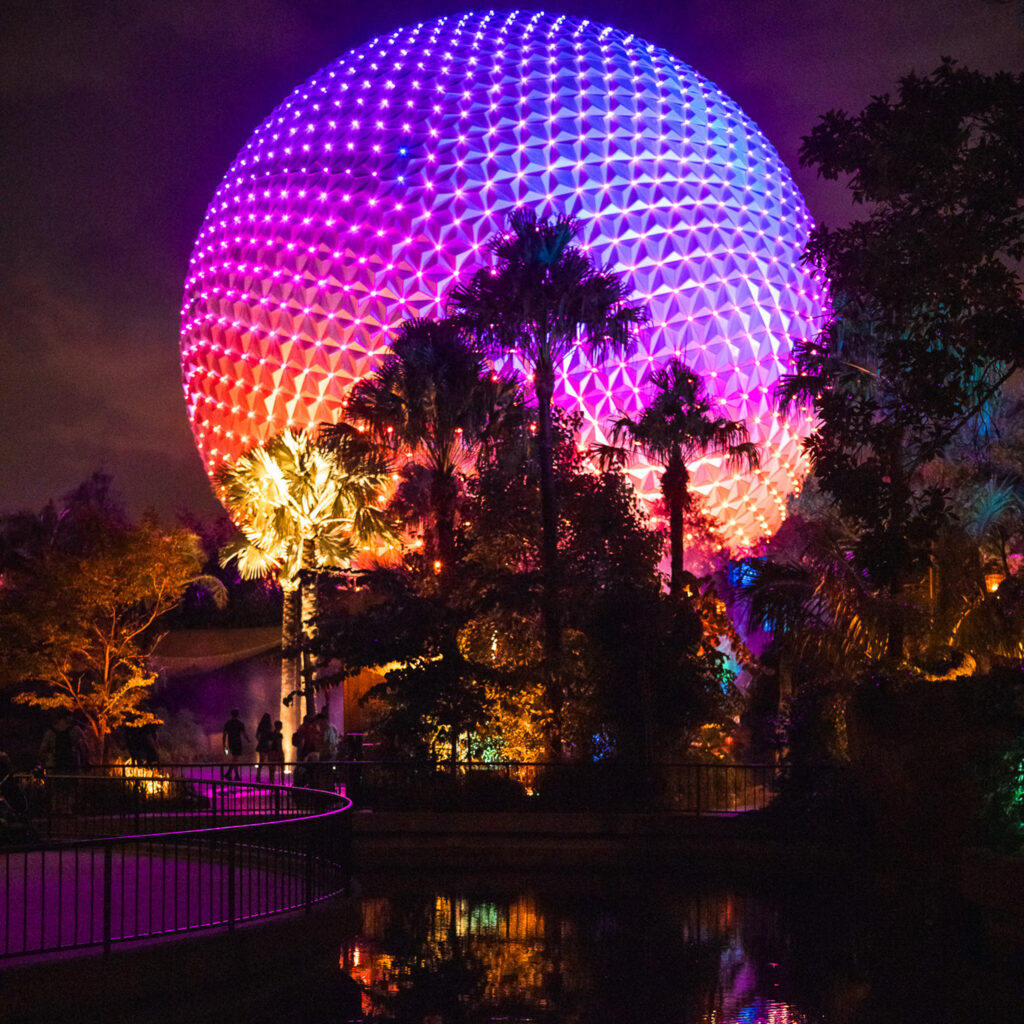
Autofocus & Speed
The RP isn’t the fastest camera around. At 5 fps (4 fps with Servo AF), it’s not ideal for action photography. However, the autofocus is quick and reliable for portraits, landscapes, and general photography. Eye detection works well for still subjects, though it can be a bit sluggish when tracking moving people.

Battery Life
Battery life is not great, so extra batteries are a must if you plan on shooting for an extended period. Thankfully, the RP charges via USB-C, making on-the-go charging easy with a power bank.
Lenses & Expandability
Since getting the RP, I’ve added multiple RF lenses to my collection, and this is where Canon’s mirrorless system truly shines. The RF mount is one of the best in the business, with incredible lens options. Whether it’s the relatively affordable RF 35mm f/1.8 Macro or the stunning RF 70-200mm f/2.8, the potential for upgrading your kit is immense.
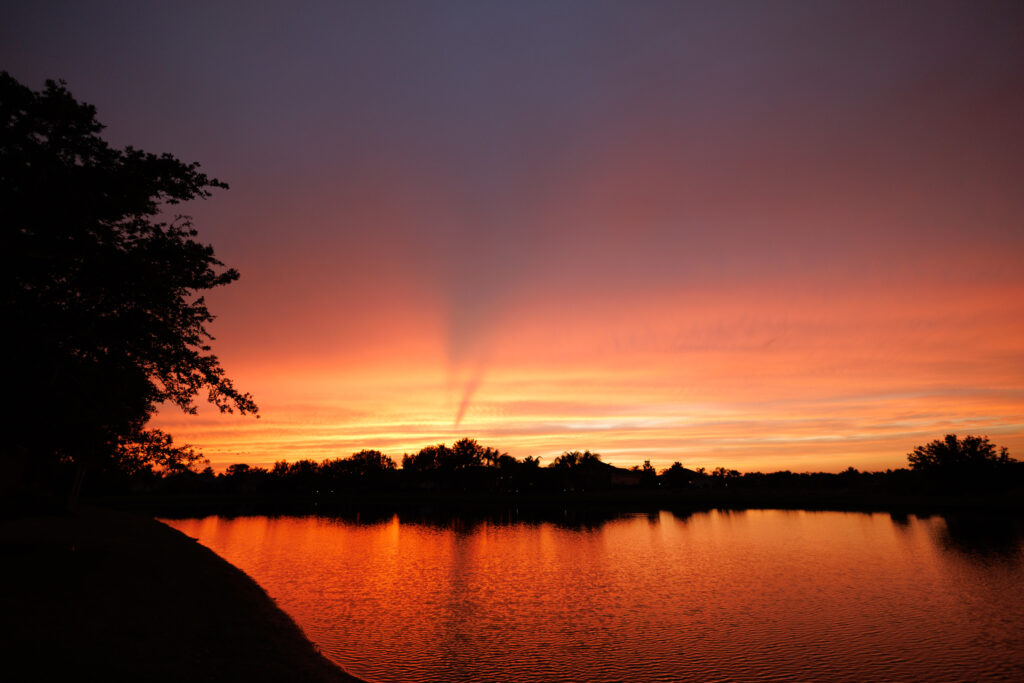
Overall Experience
The Canon EOS RP has been an excellent first camera. It’s lightweight, intuitive, and delivers stunning full-frame images. While it has its quirks—like the 4K crop, limited battery life, and slower burst rate—it excels in what it was designed for: an entry-level full-frame experience.
I don’t regret my purchase one bit. The RP has been my gateway into the world of interchangeable lenses, and thanks to the RF system, I’ve built a versatile kit that will grow with me as I improve.
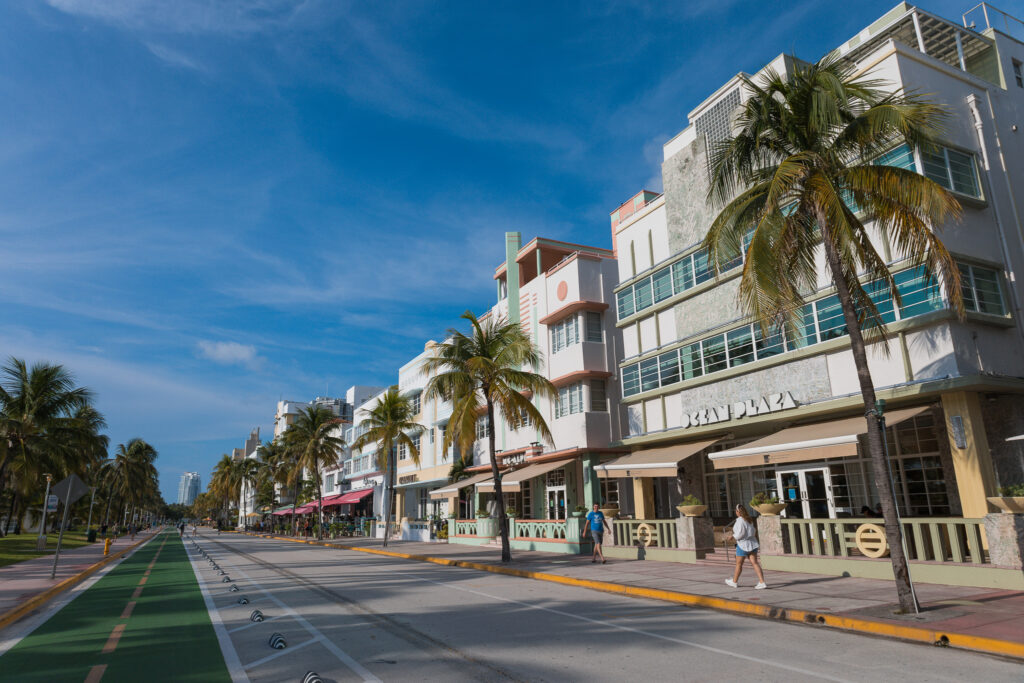
Final Thoughts
So, is the Canon EOS RP still worth it in 2025? If you’re looking for a budget-friendly entry into full-frame photography. The camera punches above its weight in image quality, usability, and lens compatibility. However, newer options might suit you better if you’re a videographer or need blazing-fast autofocus and burst speeds.
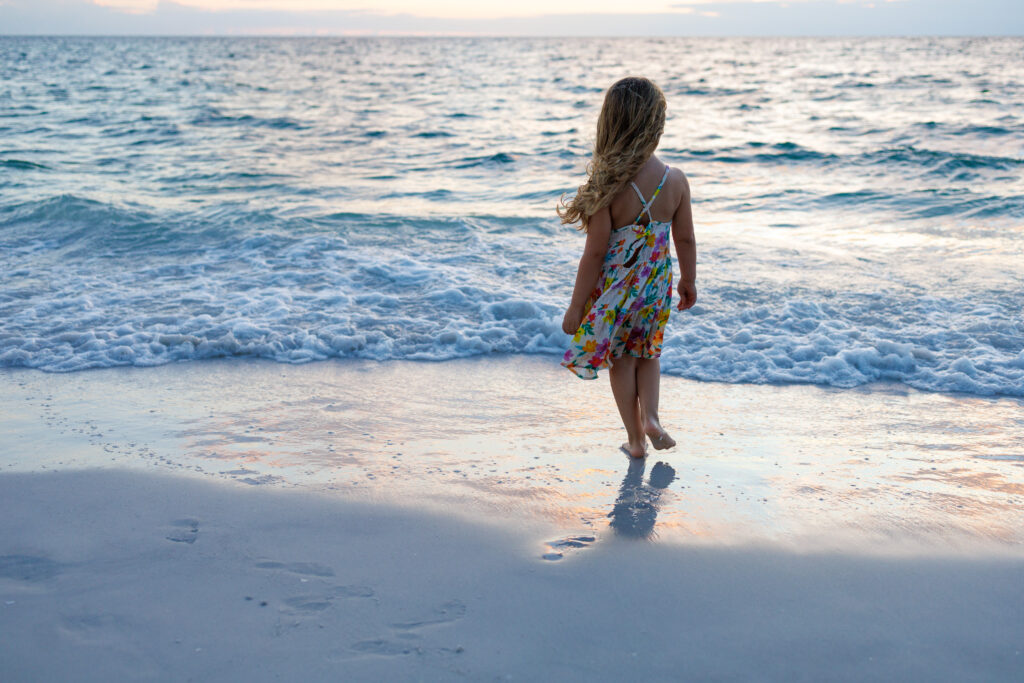
For me, the EOS RP was the perfect first interchangeable lens camera that turned a hobby into a passion. And if you’re reading this while considering your first full-frame, don’t overthink it. Get the RP, grab a good lens, and start shooting. Just be warned: you may buy more lenses than you ever expected.
I hope you found this review helpful. If you have any questions, connect with me on social media. Be sure to check out my other product reviews. Thanks for reading!















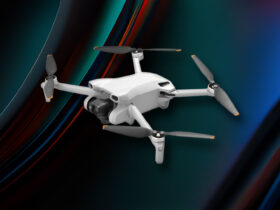

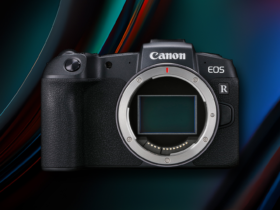
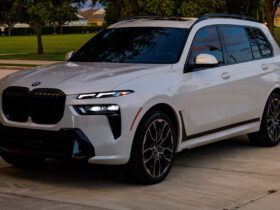







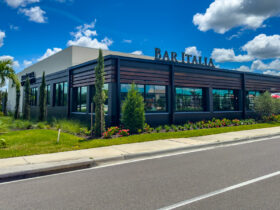
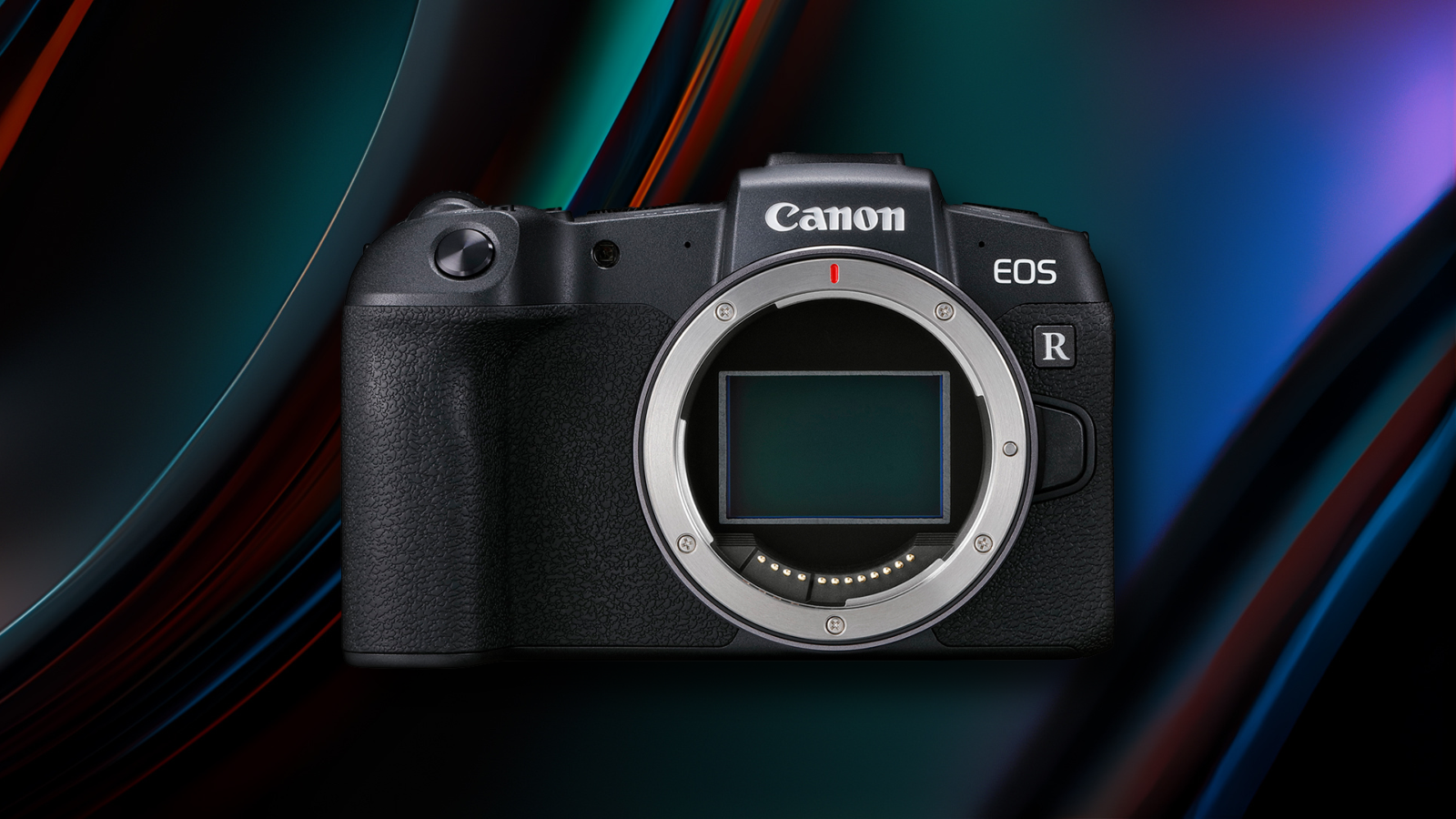


FOLLOW BRENDAN!